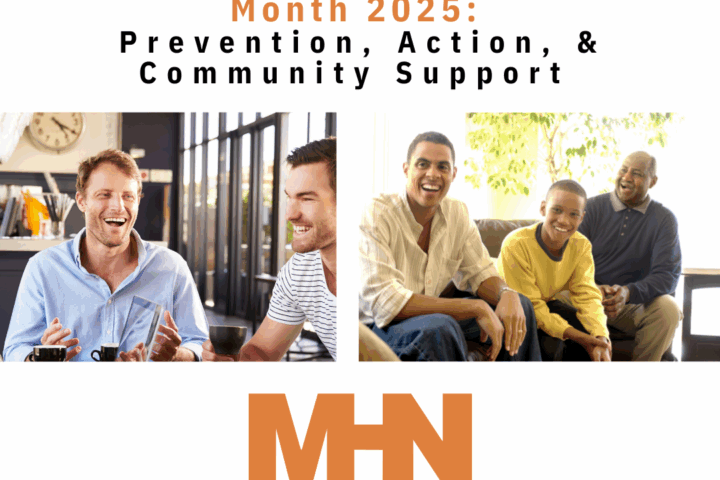How do you handle risk? Some believe it’s part of the game of life, found everywhere in different doses. Unavoidable but often knowable. Others fear its existence, preferring the familiar and secure. As Oscar Wilde said: “It is better to have a permanent income than to be fascinating.” Where do you stand on risk? Take a look at how your money is invested to give you a good idea.
Telling It Like It Is
A patient’s risk tolerance is an important thing for a physician, and certainly a surgeon, to understand. Although the risks of life, limb and bleeding are common discussions before many surgeries, I have recently been captivated by a very different conversation that I’m having with patients: The risks of being an older Dad. What’s an older Dad? There’s no real agreement but some feel 40 years old and some 50 years old make the cut.
This topic has been top of mind as I just published a paper on how reproductive genetics changes as men age. If you dare to read it, you may be alarmed by what you learn about the risks attendant to older Dad’s. We’re not talking about risks to Dad’s health but to the health of his offspring. And this kind of risk quite unfamiliar to many of us, as it’s not like dare devil behavior, letting your teen drive the car or investing in the stock market.
We’ve reviewed the risks to offspring of older Dad’s before. They aren’t pleasant but here they are in a nutshell:
- 2-fold increased risk of miscarriage
- 2-fold increased risk of pre-term birth
- 9-fold increased risk of pre-term death
- 25% increased risk of birth defects
- 2-fold increased risk of chromosomal abnormalities
- 10-fold increased risk of disease due to single gene mutations
- 5-fold increased risk of childhood and adult diseases (i.e. autism schizophrenia, bipolar, epilepsy)
Know Thy Risk
I always make it a point to discuss both sides of this concerning risk picture. And there is another side here. The risks can be clarified a bit. First, it’s important to realize that the whole problem of being an older Dad has only been around for a generation or two, as our life expectancy on this planet only exceeded 50 years about a half-century ago. So never in history have we ever had to think about this. But now we do.
Second, the degree of risk increases with age. It’s never zero, but it remains low for a long time before it shoots up. Think of a hockey stick laid on the floor. Now grab the blade so it faces up and lift it up so that that end of the stick is a couple of inches off the ground. That’s the shape of the risk curve with advanced paternal age. Pretty much close to flat until age 60 years and then a steep climb north after that.
Third, human male fertility potentially generally declines dramatically after age 70 years in most men. Sperm production halts for good after that. Such is the rhythm of life. So, the men who carry the most paternal age risk are the few who want to conceive after age 60 years and who are also still making sperm.
Fourth, the conditions that occur in offspring of older Dad’s are not really knowable ahead of time, as these issues are more subtle than the chromosomal issues associated with advanced maternal age. So, testing during pregnancy isn’t really available for most conditions on this list.
And lastly, although the relative risk (that is the risk over baseline in young men) is several-fold higher in older men, the absolute risk isn’t all that impressive. For perspective, do you know the chance that a couple in the U.S. will have a child with a birth defect? I ask because this is a rarely considered issue when couples are family building. It’s about 3-4%, give or take. And that’s about the same risk of schizophrenia or autism that an older Dad (>60 years) brings to his child.
Paternal age risk is very real, very personal and very different than other kinds of risk we may encounter in life. And the desire to be an older Dad is as profound as any other on this good earth. That’s why this conversation about risk with patients is as important as any other. In the words of Warren Buffet: “Risk comes from not knowing what you are doing.”
This article first appeared on Dr. Turek’s blog.
Photo by Filip Mroz on Unsplash




